Samsung's display, memory chip units account for almost half of total revenue
The company's Device Solutions business buoyed Q2 results amid 22% decline in mobile revenue
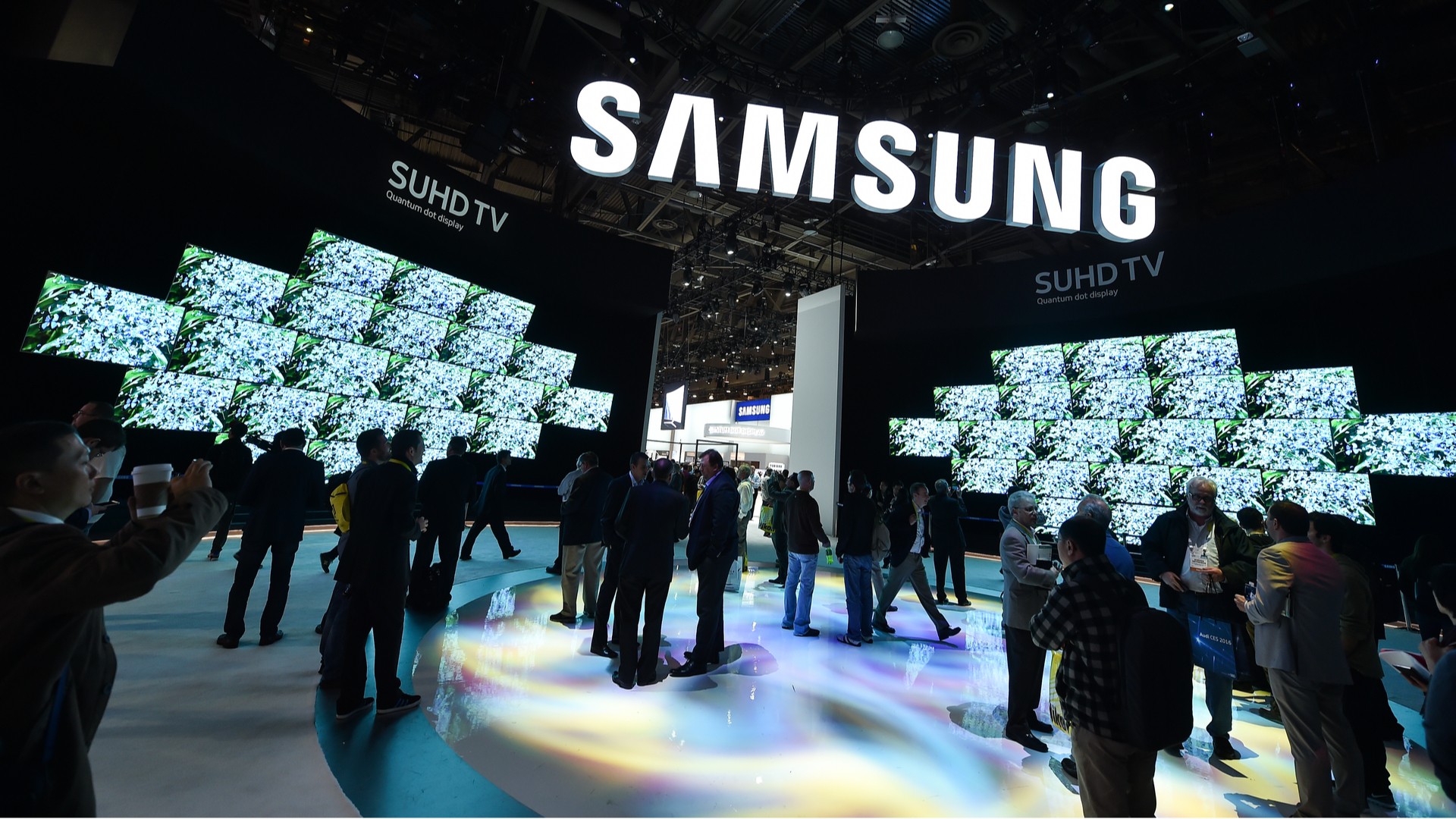

Samsung’s Device Solutions division is now responsible for almost half of the tech giant’s total revenue.
This is according to new details revealed during yesterday’s earnings call regarding the company’s Q2 financial results.
No new Galaxy Note this year, Samsung exec confirms Samsung Galaxy S21 5G review: A rose-tinted experience Samsung to support enterprise devices with five years of Android updates
Earlier this month, it was announced that Samsung’s memory chip segment helped exceed financial analysts’ expectations by 1.2 trillion won (£763 million), with a 53.4% rise from the same period last year.
The segment is part of Samsung’s Device Solutions division, which also includes the tech giant’s own display panels business. Together, the division managed to bring in 46% of Samsung’s total revenue for Q2.
CCS Insight senior analyst Fiona Vanier told IT Pro that this makes the Device Solutions division “the largest contributor in the quarter”.
“Overall, Samsung reported a good quarter increasing its total revenue, operating profit and net profit in local currency," she said. "This was mainly due to Samsung’s Device Solutions division, which includes display panels and semiconductors business. Samsung has been able to take full advantage of the increased demand for components coupled with some price increases which boosted its margins."
According to Vanier, although Samsung has so far “managed to minimise the effects of component shortages”, the global chip shortage “is an on-going risk for the business, as is the unpredictability of COVID-19 in major markets like India”.
Get the ITPro daily newsletter
Sign up today and you will receive a free copy of our Future Focus 2025 report - the leading guidance on AI, cybersecurity and other IT challenges as per 700+ senior executives
RELATED RESOURCE

Must-haves for your next e-commerce platform
Five capabilities needed to win in tomorrow’s digital marketplace
“That being said, the demand for display panels, memory, and semiconductors looks set to remain strong for the rest of the year,” she told IT Pro.
Moreover, since the initial results were reported in early July, Samsung has had to grapple with the effects of a COVID-19 outbreak in one of its main factories near Ho Chi Minh City, Vietnam. Vanier said that the subsequent factory closure “dented its performance in the second quarter”.
It was also a “key factor” in the tech giant’s mobile division recording a 22% fall in revenue since Q1. Handset shipments recorded a 5% jump year-on-year, which Vanier described as “expected”.
“However, the company remains cautious about the business outlook, stressing its continuing concerns about the effects of the pandemic,” she added.
Like many other manufacturers, Samsung has struggled with factory closures since the start of the pandemic. In February, the tech giant was also forced to shut down two of its factories in Austin, Texas, due to extreme weather conditions ravaging parts of the US.
Having only graduated from City University in 2019, Sabina has already demonstrated her abilities as a keen writer and effective journalist. Currently a content writer for Drapers, Sabina spent a number of years writing for ITPro, specialising in networking and telecommunications, as well as charting the efforts of technology companies to improve their inclusion and diversity strategies, a topic close to her heart.
Sabina has also held a number of editorial roles at Harper's Bazaar, Cube Collective, and HighClouds.
-
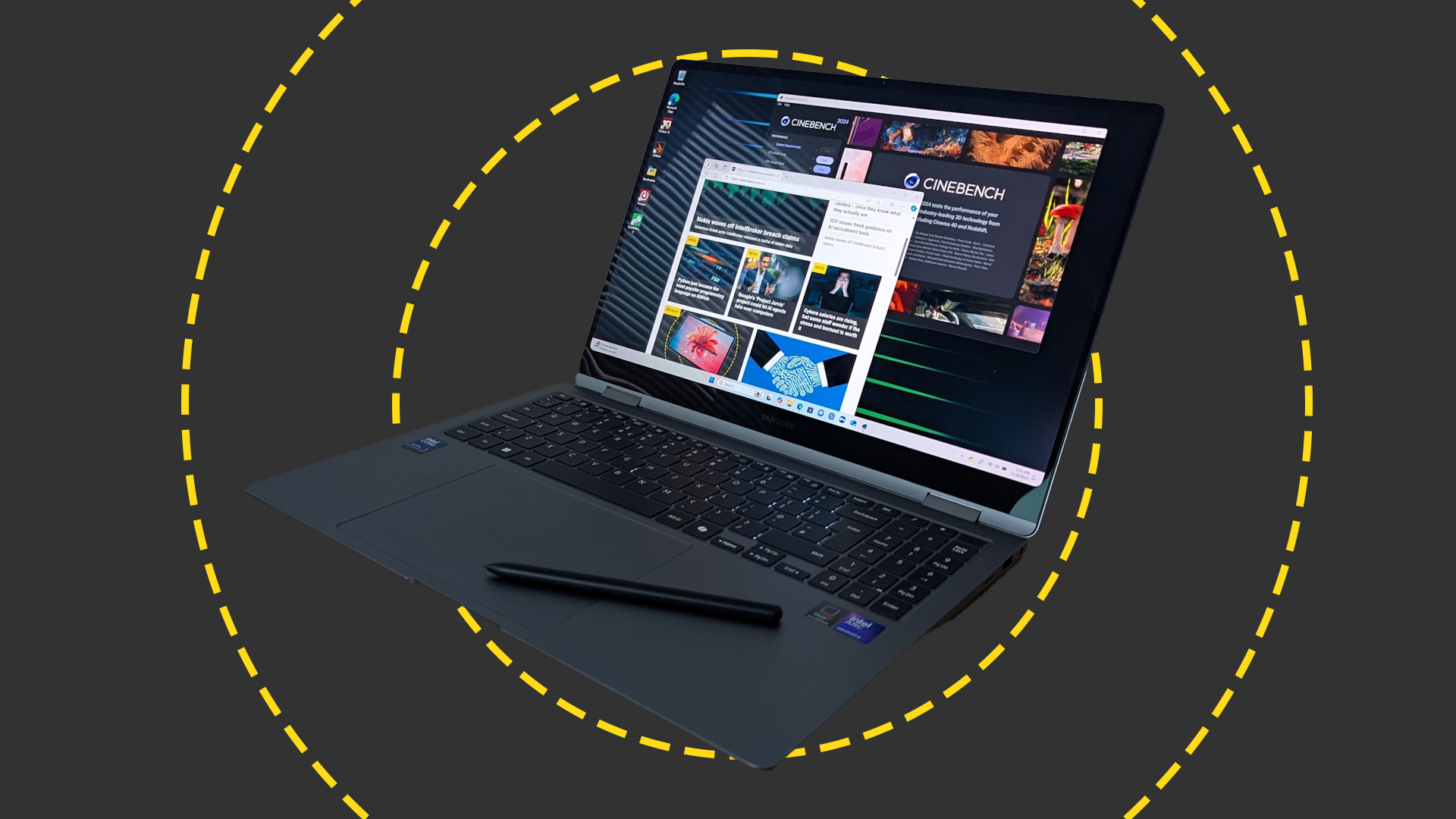 Samsung Galaxy Book 5 Pro 360 review: Almost the perfect big-screen laptop
Samsung Galaxy Book 5 Pro 360 review: Almost the perfect big-screen laptopReviews The Book 5 Pro 360 is a laptop you slowly get accustomed to, rather than one that feels right from the word go.
By Stuart Andrews
-
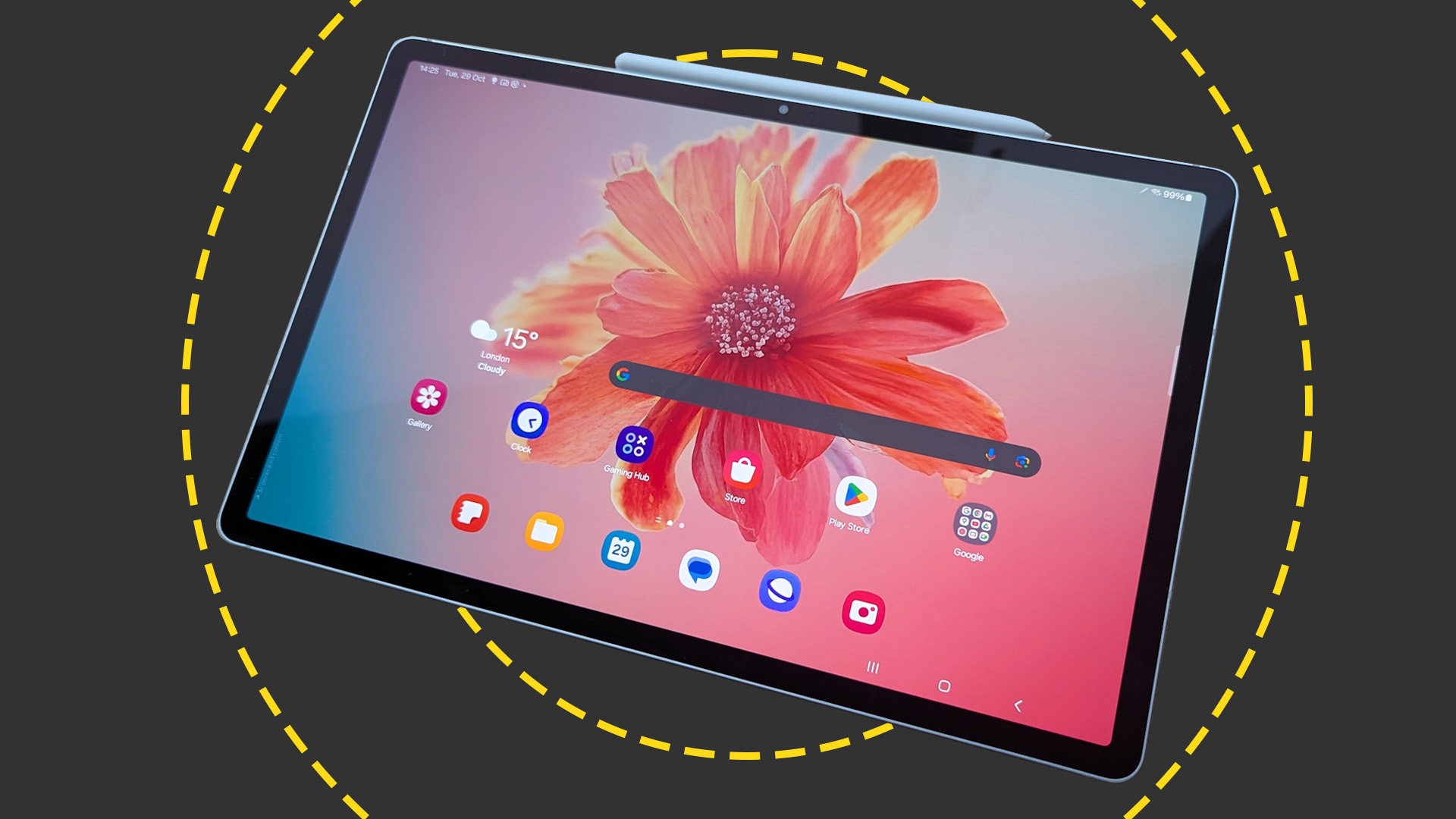 Samsung Galaxy Tab S10+ review: Possibly the best Android tablet for business
Samsung Galaxy Tab S10+ review: Possibly the best Android tablet for businessReviews With good performance, AI features and an exceptional screen, the Tab S10+ is the best Android tablet out there, if not quite the best tablet overall
By Stuart Andrews
-
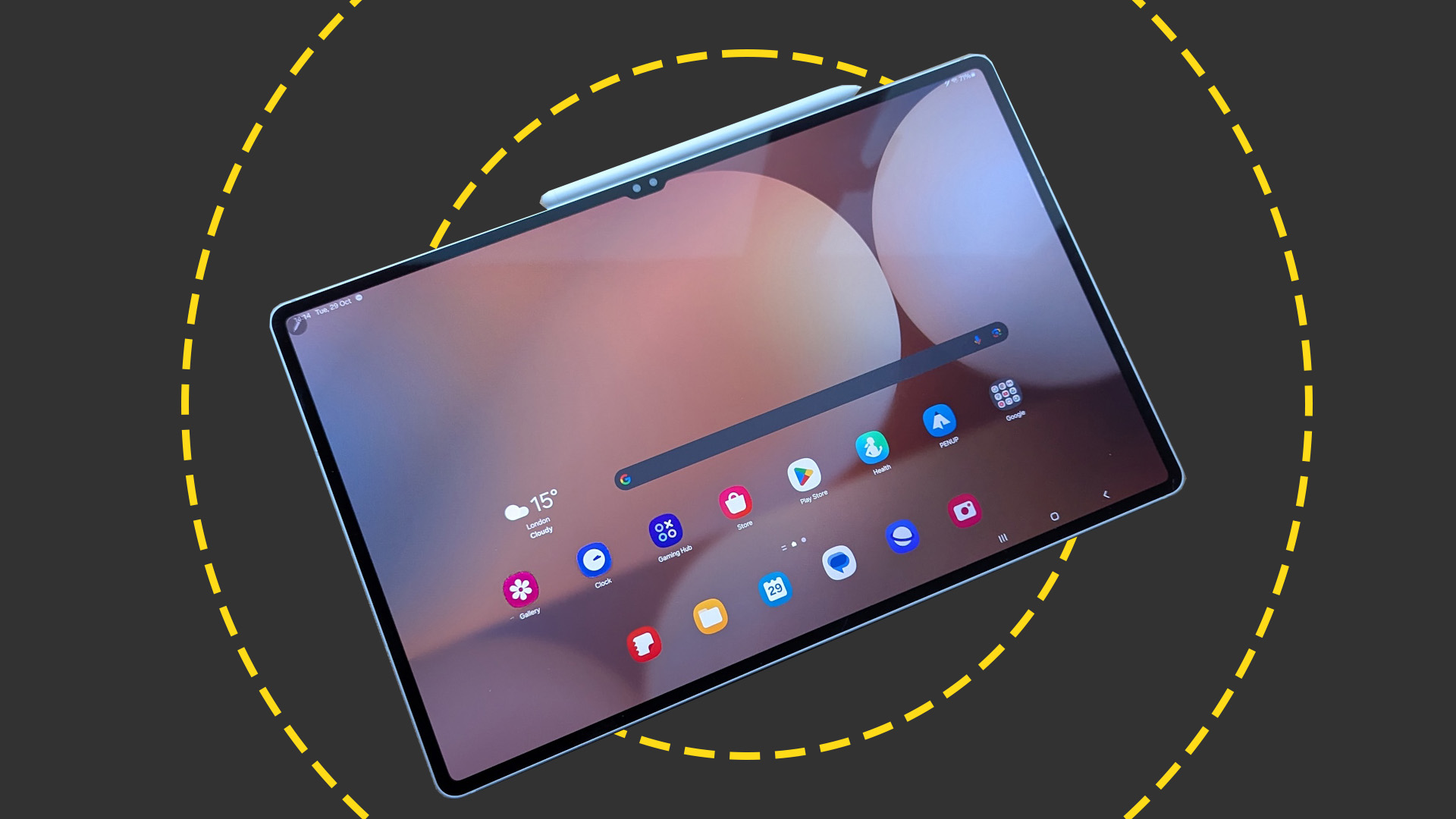 Samsung Galaxy Tab S10 Ultra review: Samsung's big-screen tablet is an AI-powered multitasking monster
Samsung Galaxy Tab S10 Ultra review: Samsung's big-screen tablet is an AI-powered multitasking monsterReviews The sheer size won't be for everyone, but the Tab S10 Ultra has the screen, performance, and multitasking prowess for serious work
By Stuart Andrews
-
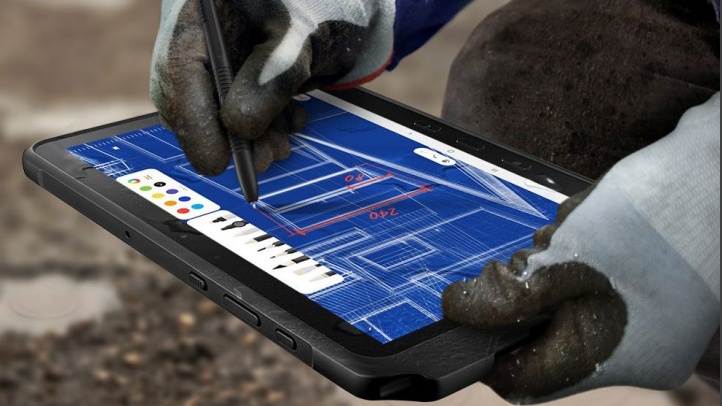 Rugged goes mainstream
Rugged goes mainstreamwhitepaper Why every business needs rugged devices to get the job done
By ITPro
-
 Why tougher doesn’t need to mean harder
Why tougher doesn’t need to mean harderwhitepaper Bridging the rugged and consumer device divide
By ITPro
-
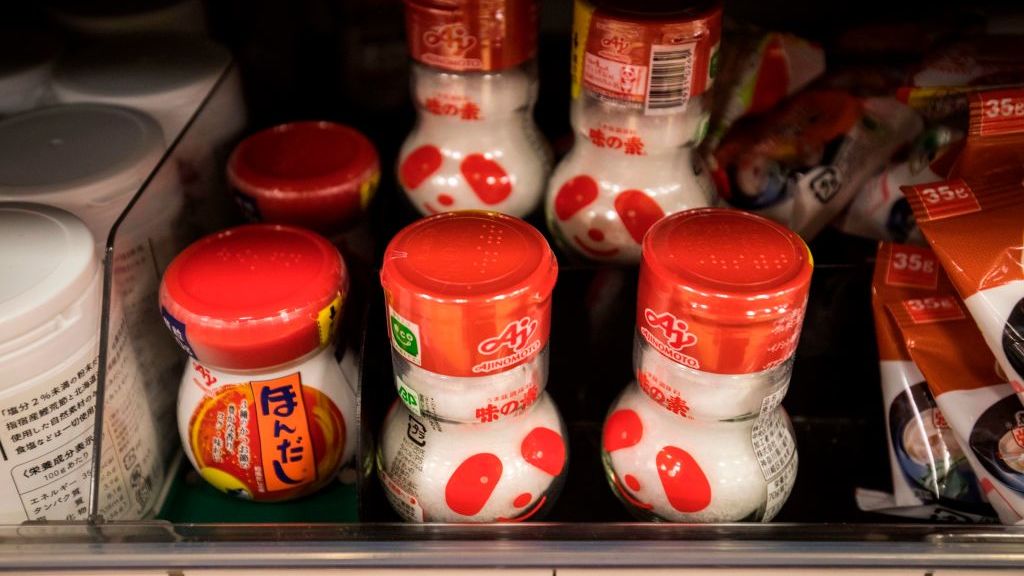 MSG giant Ajinomoto's chipmaking foray helps break financial records
MSG giant Ajinomoto's chipmaking foray helps break financial recordsNews In addition to umami seasoning, the company produces a microfilm insulation used by the semiconductor industry which was repurposed from its amino acid technology
By Zach Marzouk
-
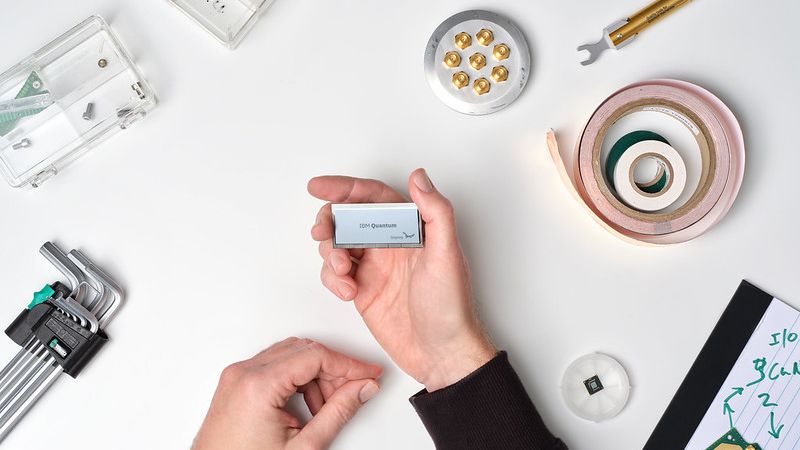 IBM unveils its 'most powerful' 433-qubit quantum processor
IBM unveils its 'most powerful' 433-qubit quantum processorNews The Osprey is three times more powerful than IBM's 127-qubit Eagle processor the company launched a year ago
By Zach Marzouk
-
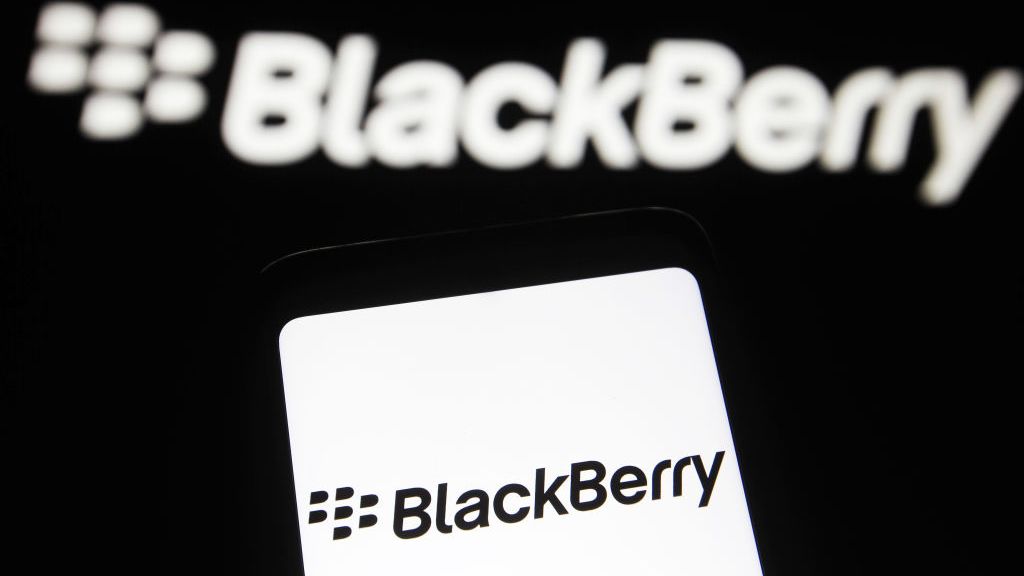 Blackberry revenue falls by 4% as cyber security division takes hit
Blackberry revenue falls by 4% as cyber security division takes hitNews Despite this, the company’s Internet of Things (IoT) division increased its revenue by 28% as it attracted new customers from the automotive sector
By Zach Marzouk

